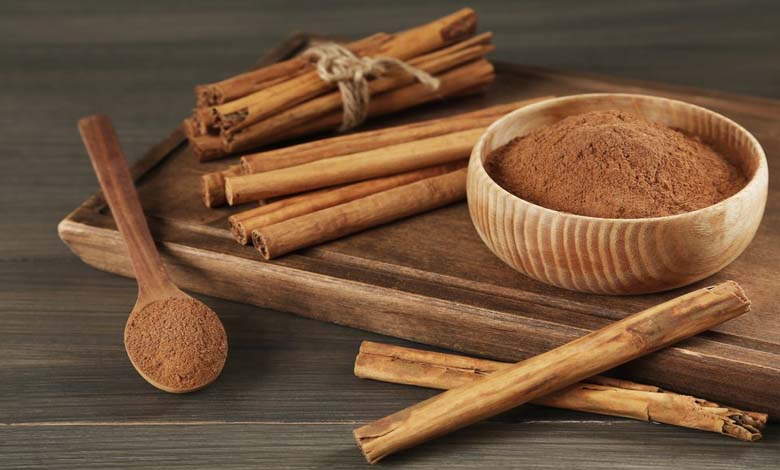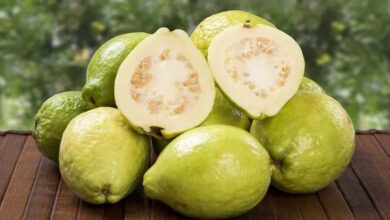Excessive Cinnamon Consumption: An Overlooked Risk for Liver Health

Cinnamon, the aromatic spice with a rich cultural and medicinal legacy, has captivated civilizations for centuries. From its role in Egyptian rituals to its use in Chinese traditional medicine and its prestige in medieval Europe, it symbolizes luxury, flavor, and healing. Yet, beneath this aura lies a lesser-known reality: excessive intake, particularly of Cassia cinnamon, can jeopardize liver health.
Cinnamon varieties and their differences
Two main types dominate the global market:
- Ceylon cinnamon (Cinnamomum verum): Originating from Sri Lanka, milder in flavor, more brittle in texture, and containing very low coumarin levels, it is regarded as the safer variety.
- Cassia cinnamon (Cinnamomum cassia or Cinnamomum aromaticum): Predominantly grown in China, Indonesia, and Vietnam, it is stronger in taste, cheaper, and significantly richer in coumarin. Its affordability explains its global prevalence.
This distinction is crucial since coumarin content directly determines the potential health risks.
Coumarin: natural compound or silent toxin?
Coumarin is a natural aromatic compound found in several plants. While it has anticoagulant and fragrant properties, excessive amounts can be harmful.
- Toxic mechanism: Coumarin is metabolized in the liver. Excessive intake produces reactive metabolites that damage hepatocytes.
- Clinical consequences: elevated liver enzymes, toxic hepatitis, and in chronic cases, liver fibrosis or even failure.
- Genetic factors: individuals with specific cytochrome P450 polymorphisms are more vulnerable to coumarin’s toxic effects.
-
What Is the Ideal Timing to Take Dietary Supplements?
-
Ginger – The Natural Ally for Your Heart Health
Safety thresholds and international guidelines
The European Food Safety Authority (EFSA) has set a tolerable daily intake (TDI) of 0.1 mg of coumarin per kilogram of body weight. For a 70 kg adult, this equates to 7 mg per day.
One teaspoon of Cassia cinnamon may contain up to 5 mg of coumarin, meaning regular use in baked goods or spiced beverages can easily surpass safe limits.
High-risk groups
- Children, due to immature liver function.
- Patients with pre-existing liver disease such as hepatitis, fatty liver, or cirrhosis.
- Regular consumers of cinnamon supplements, particularly for blood sugar control.
- Individuals on multiple medications, where coumarin may interfere with drug metabolism and enhance toxicity.
-
Black Cumin : A Natural Anti-Inflammatory Stronger Than Turmeric and Ginger
-
Chocolate with Beneficial Bacteria: A Nutritional Breakthrough Awaiting a ‘Difficult Equation’ to Be Solved
Clinical studies and reported cases
- A German study revealed that children consuming cinnamon-based cookies during Christmas often exceeded recommended coumarin levels.
- Documented cases of toxic hepatitis in adults linked to cinnamon supplements highlighted symptoms such as jaundice, fatigue, and abdominal pain, with recovery after discontinuation.
Beyond the liver: other risks
Excessive cinnamon intake may also cause:
- oral and digestive mucosal irritation,
- allergic skin reactions,
- interference with blood clotting, especially in patients on anticoagulant therapy.
-
Matcha: A Caffeinated Drink That Promotes Relaxation and Sleep
-
5 Common Mistakes to Avoid When Eating Dried Fruits
Best practices and safer alternatives
- Opt for Ceylon cinnamon, even if it is more expensive.
- Restrict daily intake, reserving higher amounts for occasional use.
- Examine supplement labels carefully for coumarin content.
- Diversify spices by incorporating cardamom, nutmeg, clove, or ginger into diets.
Cinnamon epitomizes the dual nature of natural remedies: beneficial at low doses yet hazardous in excess. While it remains a valuable culinary and therapeutic ally, awareness of its varieties and coumarin risks is vital. Through moderation and informed choices, cinnamon can retain its role as a source of flavor and health without endangering the liver.












